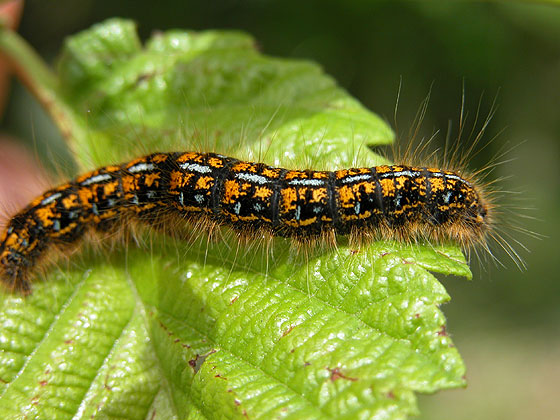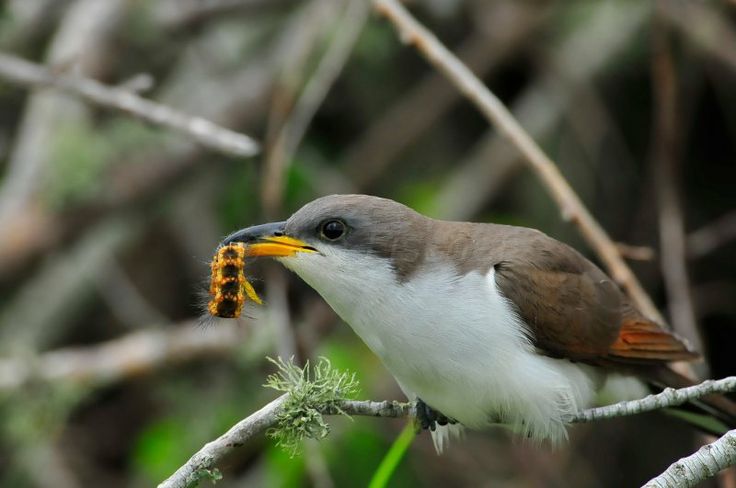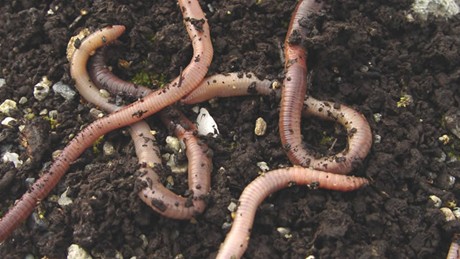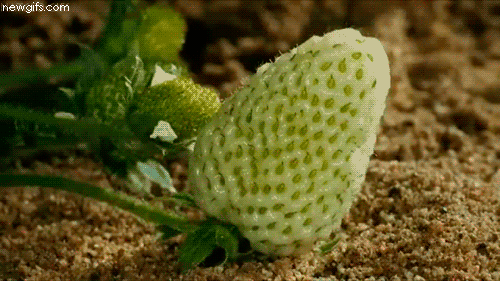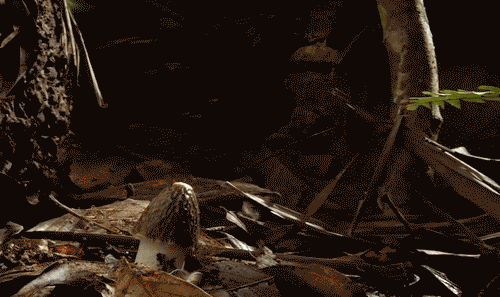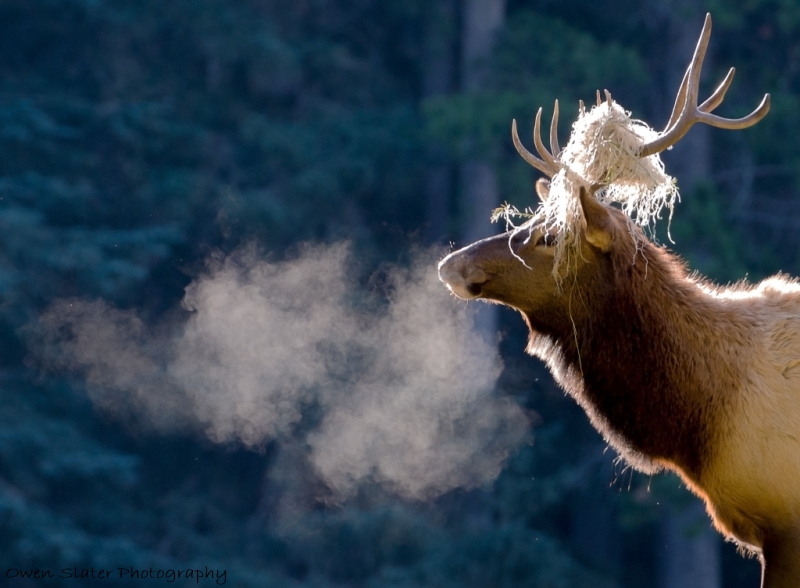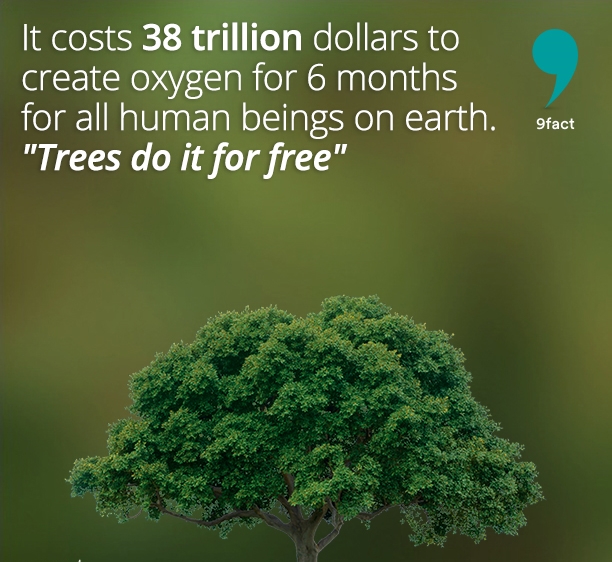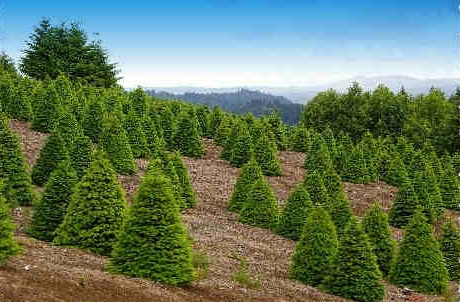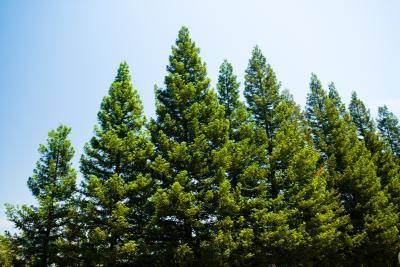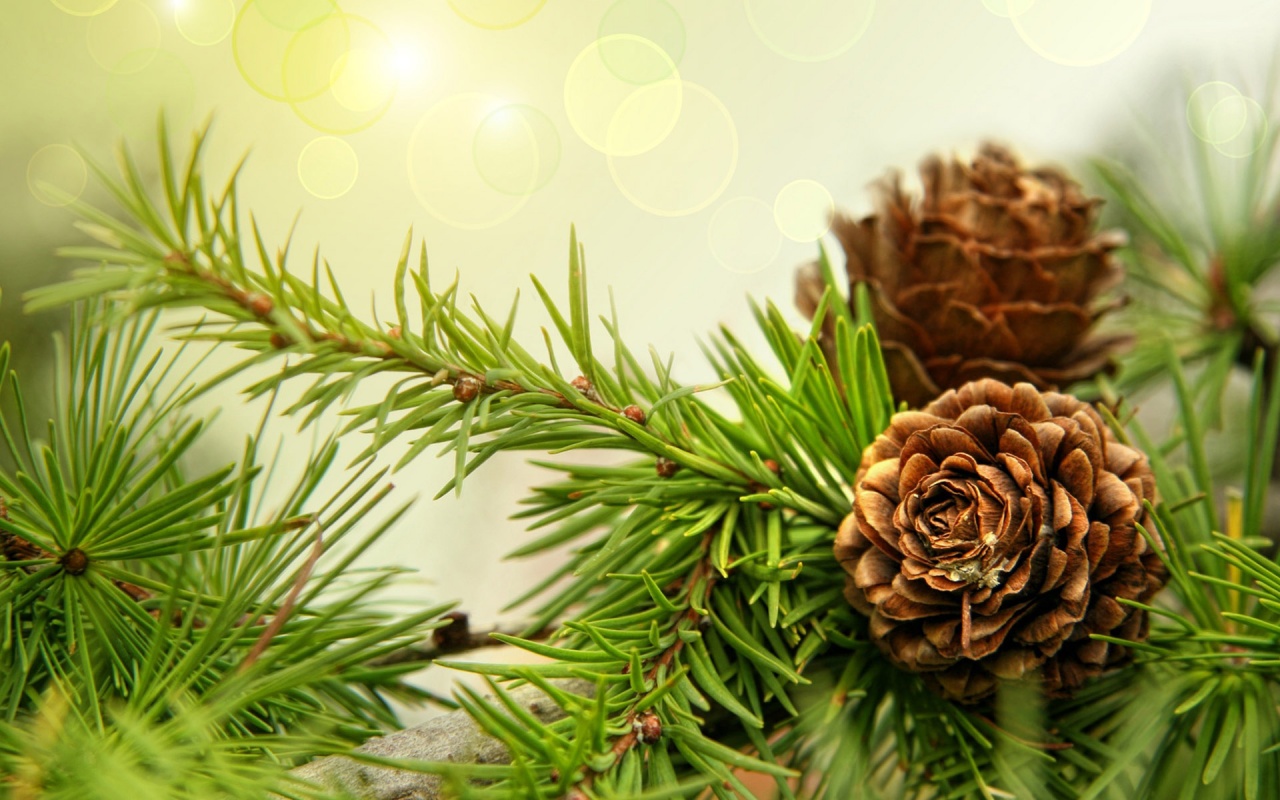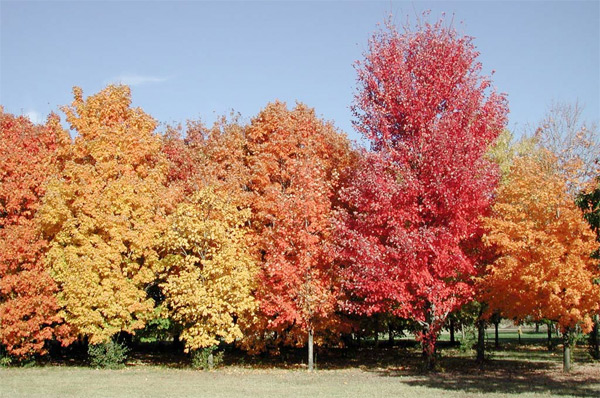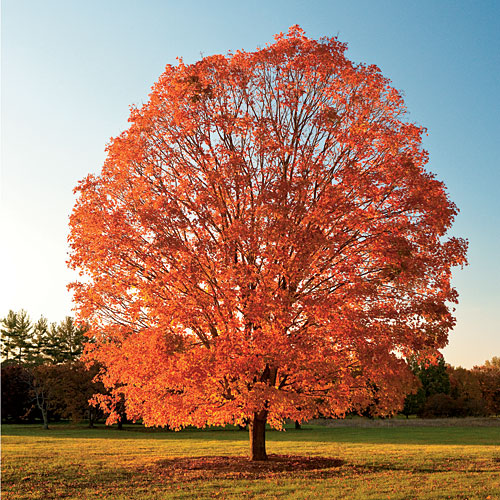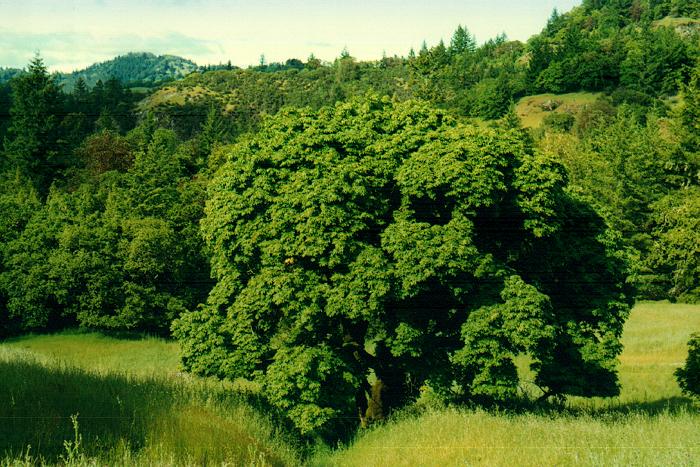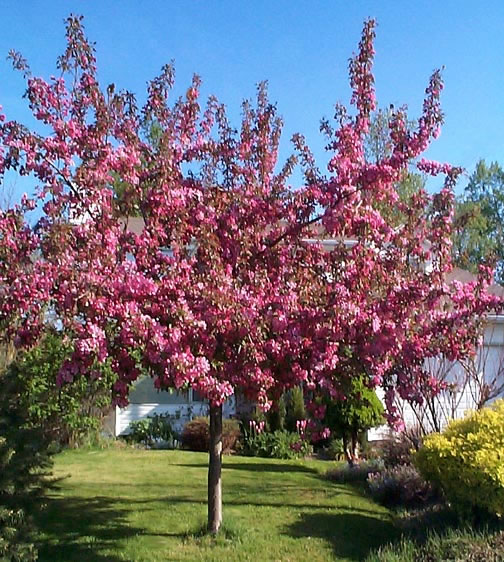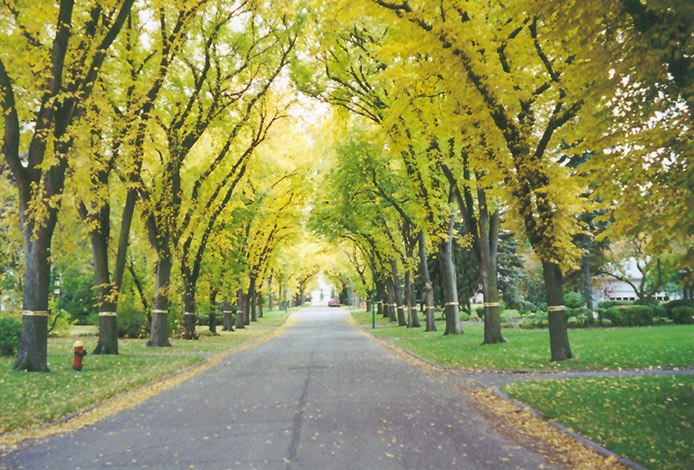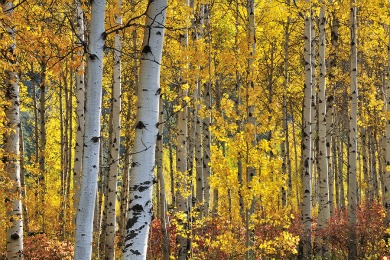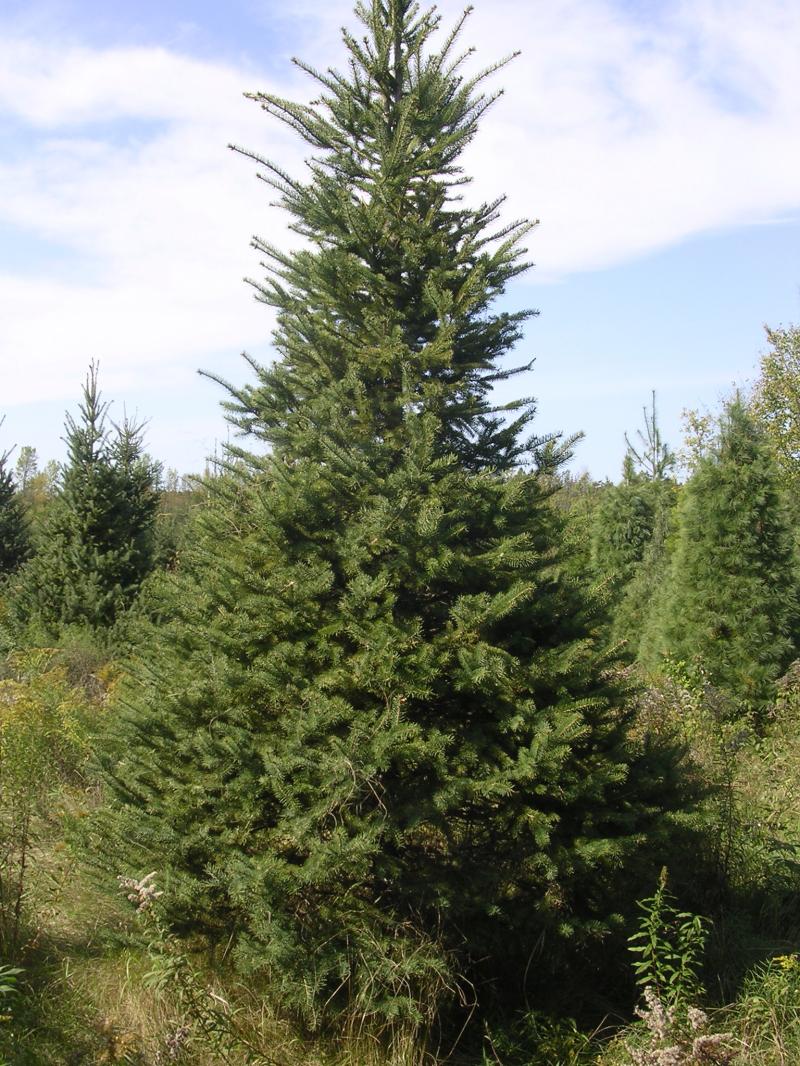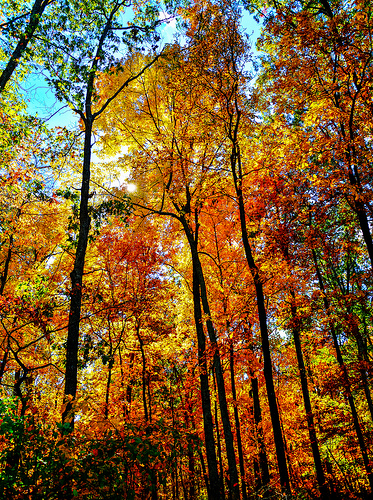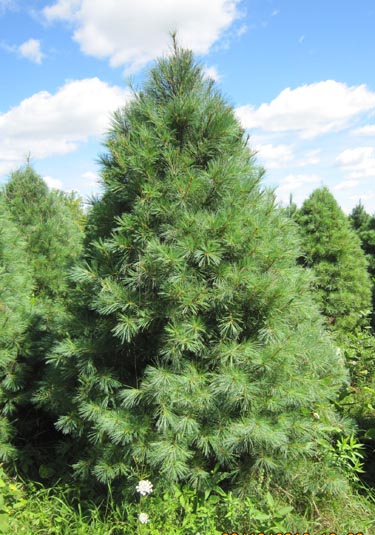Trees and Forests
Forests are crucial to human life on Earth. They meet the needs of many organisms:
- Provide habitat
- Material for shelter
- Source of fuel
- Material for tools
- Provide oxygen
- Consume carbon
- Reduce soil erosion
- Source of tourist revenue
Forests of Canada
The largest forest in Canada is the Northern Boreal Forest, it stretches from western Alaska to the eastern shores of Newfoundland.
Parts of a Forest
Upper Canopy:
Top layer of forest where birds nest and leaves grow.
Understory:
- Many insects, small mammals, and reptiles that need shelter live here.
Underbrush:
- Shrubbery, ferns and younger trees, mammals like rabbits and deer live here.
Forest floor:
- Ground cover and soil. Worms, insects, decomposers, and burrowing creatures found here.
Living and Non-living
Fancy science words for living and non-living
Biotic:
Living organism or at one point was living. (trees, humans, birds, moss, dead trees, grass clippings)
Abiotic:
Non-living organism, never has lived. (Rocks, lakes, sky, dirt, clouds)
Biotic Factors
Producers:
Green plant life that collects energy from the sun. (Trees, grasses, shrubs)
Primary consumers:
Herbivores or plant eaters that eat only plants for energy and building material. (Rabbits, caterpillars)
Secondary consumers - there are 2 types:
- Carnivores - Meat eaters who only eat other animals (Lions, sharks, wolves)
- Omnivores - meat and plant eaters (Bears, birds, humans)
Decomposers:
Creatures or plants that eat dead or dying material (Worms, maggots, bacteria)
Food chains show a simple way that energy is transferred from the sun to producer to herbivore to secondary consumers and finally to decomposers.
Food webs show how many ways energy can be collected from many producers and consumers. It shows how interconnected organisms are.
Nutrient Cycle
- Not only is energy transmitted from creature to creature, the nutrients to build and repair their bodies are also transferred.
- Once used, decomposers break them down and return them to the soil for plants.
Water Cycle
- Evaporation - With the help of the sun’s radiant heat, become a vapour and rises
- Condensation - Evaporated water vapour that sticks together as clouds until it becomes heavy
- Precipitation - Water that falls from the clouds in liquid, mist or solid form
- Absorption- Water that is sucked up by plants’ roots, soil, and animals, and collected in streams/lakes
- Transpiration - Water released from plants as vapour
Oxygen Cycle
- Every molecule of oxygen has at one time been either in an animal or in a plant.
- Through respiration (Think breathing) animals release carbon dioxide as waste and take in oxygen.
- Plants, on the other hand need carbon dioxide for photosynthesis and release oxygen as waste.
A quick recap
Forest Succession
Forests have not always been forests. Like other living things they go through birth and renewal and death!
Let's say we start with a plot of land with soil...
- A field exists with mostly grasses.
- Taller grasses as well as some flowering plants
- Seeds from trees that love lots of sun are blown in, washed in, brought in by animals or travel underground from shoots
- Aspen, Poplar and Lodgepole dominate (leafy trees)
- As older trees dies spruce trees (and young trees who need less light at a young age) grow in their shade.
- Finally trees that time to grow (oak) start to grow.
- Forest reached climax of succession.
What is a tree?
3 Main criteria to properly label plant as a tree are:
- Perennial (live more than a few years)
- Must have self supporting trunk
- Must be made of woody material (Phloem, Xylem, and Heartwood)
3 Parts of a Tree :
- Crown - consists of branches and leaves. It supplies food and ability to breathe.
- Trunk - The woody part that provides strength and height.
- Roots - Provide minerals for growth and water
The Crown
Foliage :
- Leaves provide food and "breathe" for the tree. This is the location where photosynthesis takes place.
- Trees need Carbon Dioxide (CO2) to make food. As a result it releases Oxygen (O2) as waste.
The Trunk
- Outer Bark – Seals in water and protects against insects and disease (think old skin)
- Inner Bark – Transports foods down from the leaves to rest of the tree (think new skin)
- Sapwood – Brings water and minerals from the tree’s roots up to the leaves (think straws sucking up a chocolate sundae)
- Heartwood – Gives the trunk the structural strength to support crown and branches
Roots
The roots of a tree are responsible for the following:
1) They act as an anchor
2) They draw water and minerals from the soil
3) Help stop erosion
4) Have a symbiotic relationship with certain fungus
Tree Classification
Coniferous
- Produces cones not flowers
- Needle type leaves
- Scaly bark
- Mostly SOFTWOOD
Deciduous
- Loses leaves in fall
- Leaves change colour
- Smooth bark or vertical cracks
- Mostly produces fruit, although some trees produce cones (Larch)
- Mostly HARDWOOD
Flowers VS Cones
- Both flowers and cones are used for sexual reproduction by trees
- Flowers depend on insects to cross pollinate
- Cones depend on tiny pollen released by other trees to pollinate
- Cones mature into harder brown structures with woody scales
- Flowers mature into fruit
- Both cones and fruit contain seeds
Trees Common to Alberta
- Crab Apple
- Elm
- Poplar
- Pine
- Birch
- Spruce




